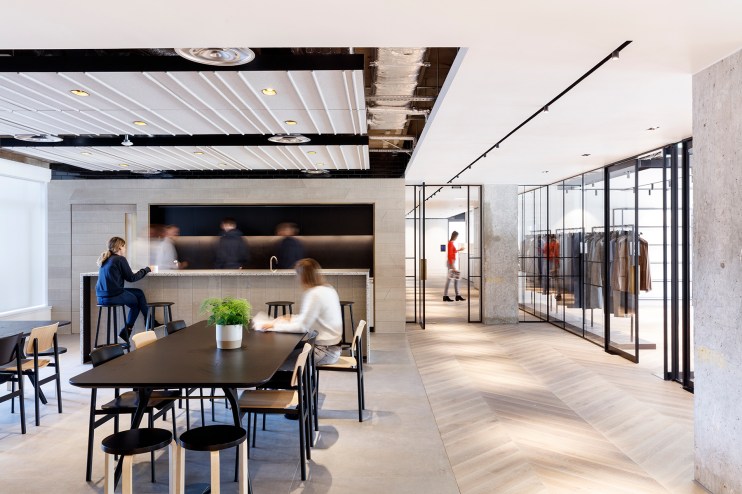Why your gloomy office is holding you back: the case for better workplace design

Whatever industry you’re in, most companies will tell you that their biggest cost is talent. That’s why the prediction that stress-related illnesses will be the main cause of sickness in 2020, accounting for 44 per cent of all work-related absences, should be a big concern.
One source of this stress is technology, which has altered the way we work and is making us feel anxious due to the “always on” mentality that makes it difficult to switch off after business hours.
And even if stress is not affecting us, pangs of loneliness might be. Screen-based work reduces physical human contact, and thus increases isolation. A government strategy document to tackle loneliness released in October 2018 estimated that between five per cent and 18 per cent of UK adults feel lonely often or always.
With these issues in mind, smart firms are looking for new ways to retain talent, increase productivity, and boost mental health in the workplace.
That’s what makes investing in intelligent workplace design so important. Designers, such as my own firm, are able to consider how businesses can use space more effectively, incorporate on-site facilities to help improve employee wellbeing, and create appealing “off-grid” spaces for staff to work without the interruption of technology.
When it comes to offices, one size definitely does not fit all. Each industry attracts different personality types, and this is reflected in their working styles, how they socialise, and their lifestyle habits. Consequently, we carry out extensive research through employee questionnaires and observe how spaces are used in order to create a design which is tailored to each business.
For instance, some of my clients have a high proportion of cyclists among their employees. In the past, we have designed purpose-built spin studios, multi-purpose exercise rooms for classes, one-to-one personal training sessions, and a surgery for appointments with a health professional to meet different health needs.
We have also designed flexible studio spaces where employees can experiment with a range of different classes from kickboxing to yoga, as we discovered from our research that some employees want access to a variety of workout options.
We design spaces that encourage mobility, including open staircases and different work models to suit a variety of tasks which can vary throughout the day, from working independently to brainstorming in groups. Most of our designs also include cafe and bar areas to encourage socialising between employees.
Off-grid spaces have also become more desirable as employees like to spend time in more home-like environments at work, where they can work quietly without having the constant distraction of social media or phones. We have been creating attractive library spaces for many of our larger headquarters, where people can get away from screens and interruptions.
Flexible working areas enable spaces to be used more efficiently, as different areas can be reconfigured for alternative purposes. Dunhill’s head office in Mayfair, for example, which we completed in 2018, includes two showrooms also used for events, and additional working space for expansion which future proofs the design.
Whether residential, hospitality, or workspace, designers should create spaces that make people feel comfortable and happy. Workplace design offers businesses the opportunity to address many of the productivity and health issues that our society faces today, while retaining talent.
People should be proud of their working environment. If they don’t feel safe and calm, how can they foster positive relationships with their clients and colleagues? The work environment should be a showcase for the brand — and its business ethics.
Main image credit: MoreySmith